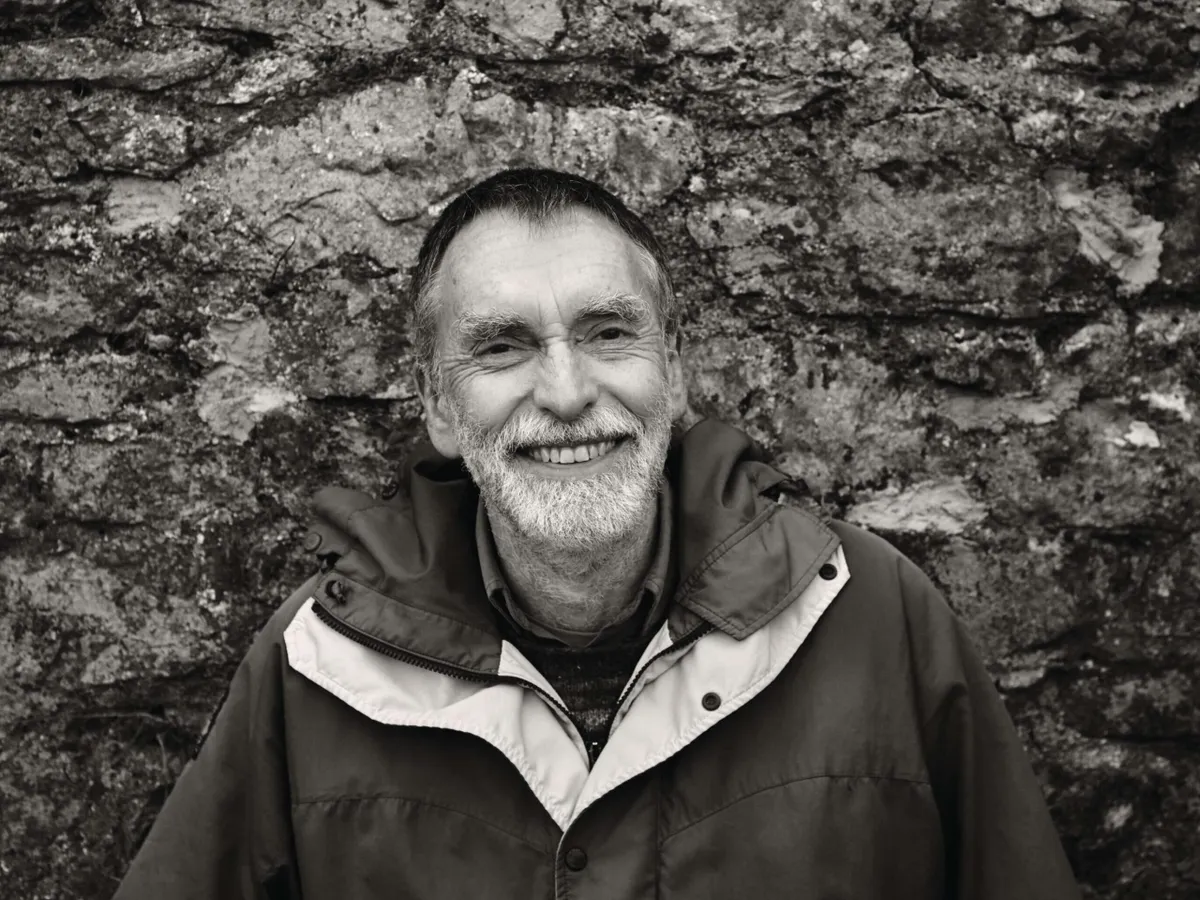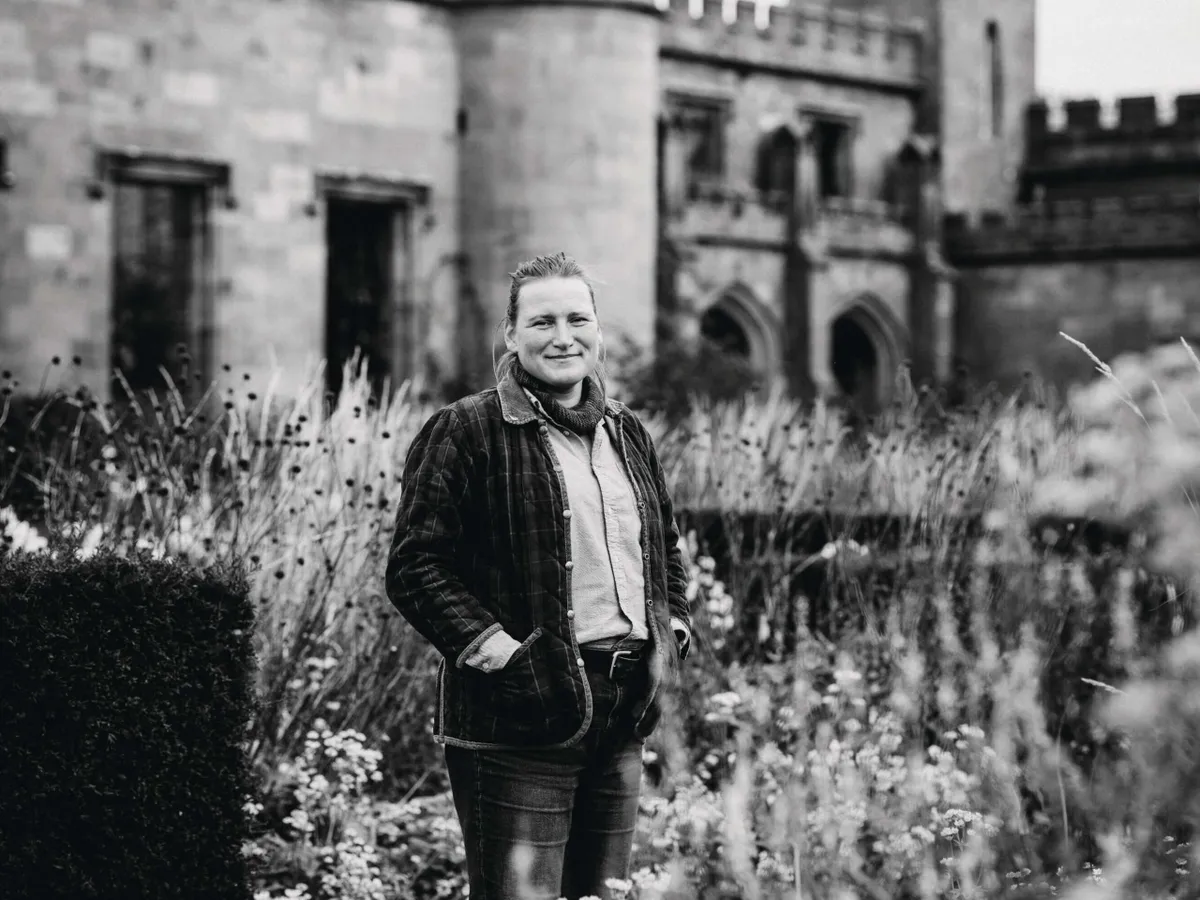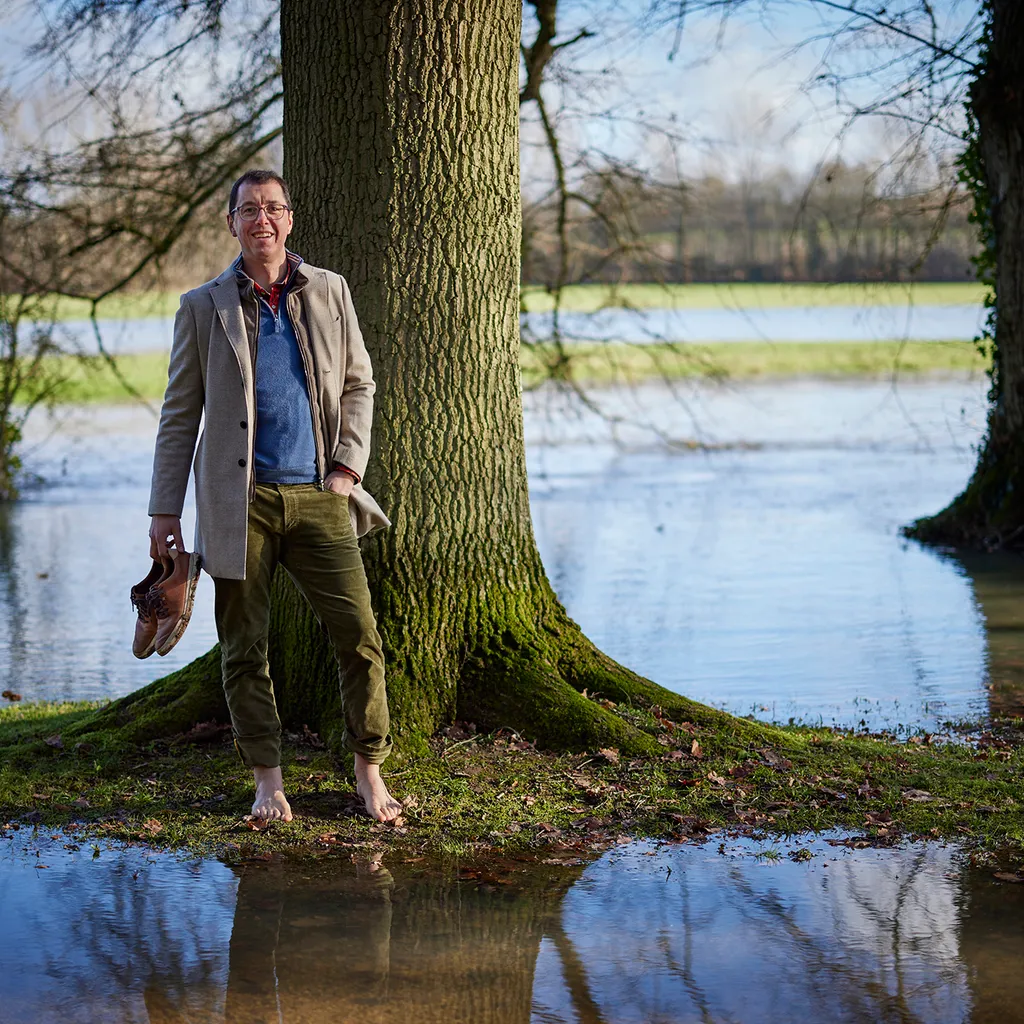As 2024 begins, it’s a good time for everyone to reflect on 2023 and what we'd like to achieve in the garden in the new year. Gardeners, designers and top horticulturists are constantly working to achieve specific goals, and a new year is a nice opportunity to ask them to share key resolutions for their own practise and those that might inspire others, too.
'Be part of the solution'
Troy Scott Smith, head gardener, Sissinghurst Castle Garden, NT

Gardens are not static; they are constantly changing. Unlike a painting on a wall that is finished, our gardens never are. For me, the continuous need to reimagine and recreate is one of the joys of gardening. I started gardening at Sissinghurst over 30 years ago and although change has occurred during that time, I predict the pace of change over the next 30 years will be significantly more. Issues such as the changing climate, pest and disease management, economics, increased tourism and soil health will demand our collective proactive attention. Together as gardeners we can make a positive difference. At Sissinghurst we have already moved away from using synthetic fertilizers, herbicides, pesticides and fungicides, we have composting and water projects underway, and we have just completed a biodiversity base line survey, which will begin to inform the way we garden. My New Year resolution is to be part of the solution and not the problem.
Listen to Troy on our Talking Gardens podcast
'Save water'
Tom Massey, landscape designer

My new years resolution is to save more water and be more water-wise at home and in the gardens we design! Working with WaterAid for a garden at RHS Chelsea Flower Show has really hit home how important sustainable water management is. Rainwater is a precious resource that shouldn't be wasted. 90 per cent of all climate related disasters are water related, whether drought, or flooding, as WaterAid say, the climate crisis is a water crisis. We can all do our bit by collecting, harvesting and storing rainwater for use in times when it is needed, but also by designing gardens that can help slow the flow of water into mains sewers. Extreme rainfall can lead to overloading of the sewer systems which leads to discharges of raw sewage into rivers and oceans. Recent extreme heatwaves and floods have highlighted that even in the UK managing water is a growing issue, we need to act now to protect our future.
Here's Tom Massey on our Talking Gardens podcast
'Donate to a wildlife rescue centre'
Ken Thompson, ecologist

Back in November, we found a young hedgehog in the garden during the day, which is not good news. Even in November, healthy young hedgehogs can still fatten up in time for winter, but if a hog is out during the day that means he isn’t well. We managed to look after him for a couple of days until our local hedgehog rescue charity had some space (they were already looking after 200 hedgehogs!). It was an enormous relief to know he was in the hands of people who know what they’re doing.
So here’s my New Year resolution: find your nearest wildlife rescue centre and give them a donation, or at least send them a consignment of Purina kitten biscuits (other brands are available). One day you might need them, and you will be glad you did. At the time of writing, Hugh (for that is his name – all hedgehogs have names starting with H) is doing OK.
Here's how to build a hedgehog house
Read Ken on how not to lose nature from your garden
'Be more sustainable and use a laser level'
Andrea Brunsendorf, head gardener at Lowther Castle

Here at Lowther we want to integrate more sustainable horticulture techniques, borrowed from practises like permaculture, or biodynamic ways of working the land. This year we started the chop and drop technique, and after a trial, we will be doing that across our borders in 2024. It means we don’t remove the plant material we cut back, instead we let it break down in the borders, so all our compost and cover is already there. And our garden lends itself to that idea beautifully: you can walk a bit more on the wild side.
Something a bit more fun is that I want us to learn how to read a laser level. We are creating these new gardens on an Edwardian footprint, and we do a lot of landscaping in the winter time so knowing how to use a laser level will help.
We are fortunate in that we’re a young garden, and things haven’t been set in stone, I want to be sustainable but also efficient, we have 130 acres to manage with a small team so it’s about balancing what’s right for the land and the garden and what’s right for us too.
Don't miss Andrea's monthly columns in Gardens Illustrated throughout 2024
'Love slugs'
Danny Clarke, The Black Gardener

I’d like to focus on a bit more on getting people to love their slugs. We are taught from an early age that they should be exterminated whenever we see them, but they are all part of the eco system and we should learn to love them. We can change people’s mindsets and say: look they aren’t that bad, they aren’t going to do us any harm and they are food for hedgehogs, birds, frogs and other creatures. So let’s accept them.
I can understand why you might not want them eating your beautiful hostas, or dahlias, but why grow something else instead, like canna lilies, which look very similar. As gardeners we must coexist with nature in our outdoor spaces and not prioritise our own selfish needs. What is a slug anyway? It’s another animal, and it’s a food source for other animals. We’ve lost 50 per cent of our hedgehogs in rural areas since the Millennium and one of the reasons is that we are at war with the slug.
'Focus on trees and shrubs for cutting'
Rachel Siegfried, flower farmer and florist, Green and Gorgeous

In 2025 I plan to focus on discovering some new must have trees and shrubs for cutting. These plant groups are the foundation of our planting on the flower farm, defining the boundaries and sheltering the other plants, and us at times. Known as 'woody cuts' by flower growers. They provide year round material for the framework and supporting elements in an arrangement, performing a similar role as they do in the garden, as a structural foil for the flowers. They are the least amount of work and most resilient to extreme weather, particularly deciduous varieties, so are becoming increasingly important to both gardeners and flower farmers.
As they are quite an investment, I plan to initially trial small numbers of potential candidates. Most woody plants will need to grow for 3-5 years to get a true picture of their 'usefulness' as a productive plant for cutting, so I am keen to get started. I will be looking at their cut flower credentials and how quickly they regenerate after harvesting. Working with the plants will give me the opportunity to learn about the best spacing and layout for them, how to prune to maximise the crop and whether they have more than one season of interest for floristry. Sourcing interesting material can be challenging so I will be visiting some specialist nurseries and plant fairs to seek out some new treasures, always a good excuse for a jolly!
Don't miss Rachel's Gardens Illustrated Masterclass
'Perfecting our compost'
Asa Gregers Warg, head gardener at Beth Chatto’s Plants and Gardens

This year we’ll be making an extra effort to fine tune our compost making skills, including perfecting the all-important carbon-to-nitrogen ratio and achieving an even better balance between the green and brown material we put on our heaps. We’ll also start experimenting with compost tea in a couple of borders, where soil samples have indicated that a boost of healthy microbes and vital fungi would be beneficial.
Read more from Asa on Beth Chatto's legacy
'Incorporating biodiversity and resilience within our designs'
Stefano Marinaz, Landscape architect

We look forward to receiving in the new year, a report from an ecologist we have been working in 2023 to understand and survey our Church Barn project and the value it is having on local wildlife. This will deepen our knowledge and understanding of nature to create gardens that are not just beautiful with interest all year round but also to provide biodiverse habitats. With this new knowledge, understanding what worked and what we can improve on we aim to finalise and implement our new country side project in Kent.
Continue to expand our research and learning about plants that are more resilient species for climate change and adapting with the changing future in mind. We are looking particularly at what trees will be most suitable in the coming years.
Read more about the Church Barn project






